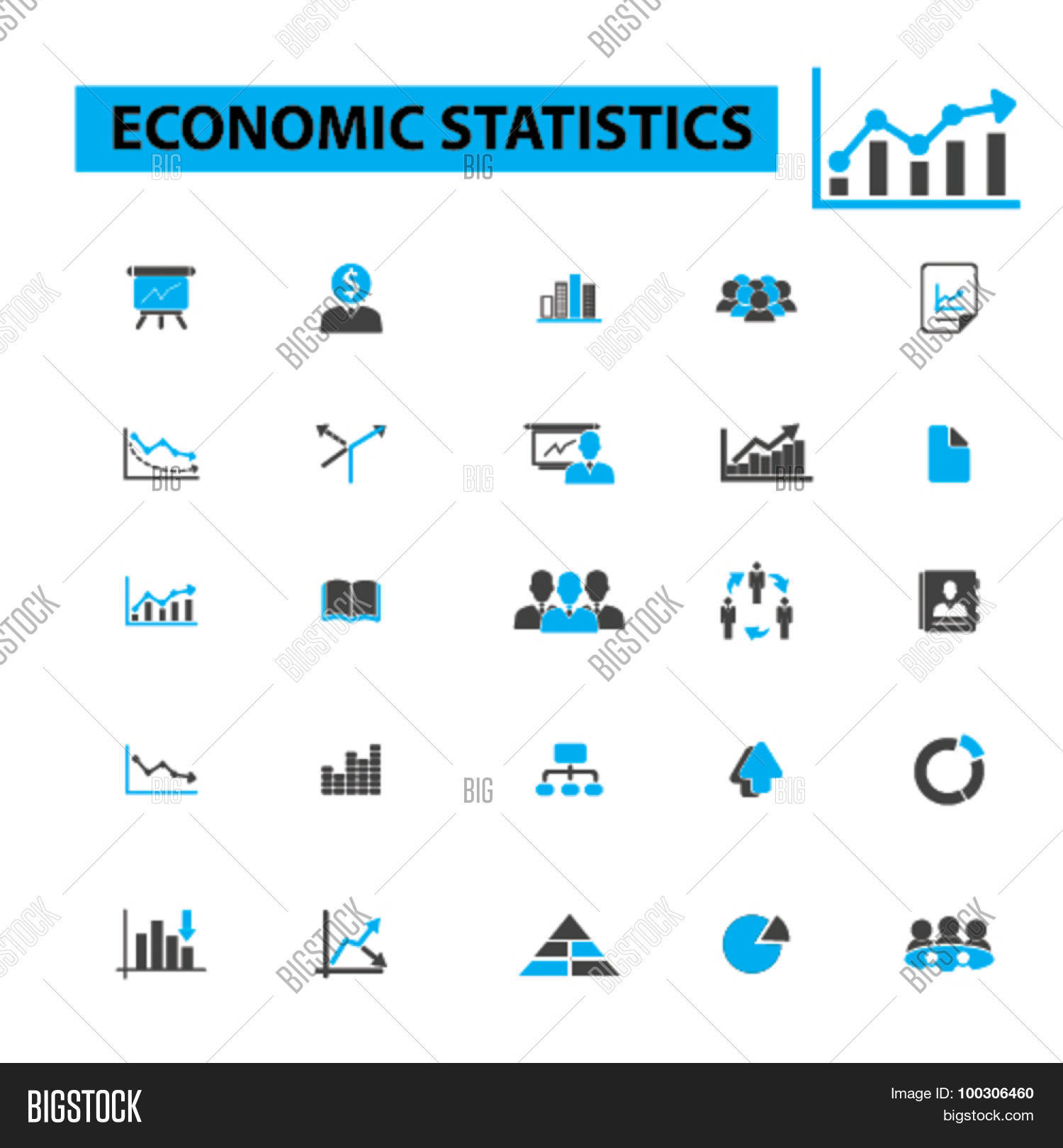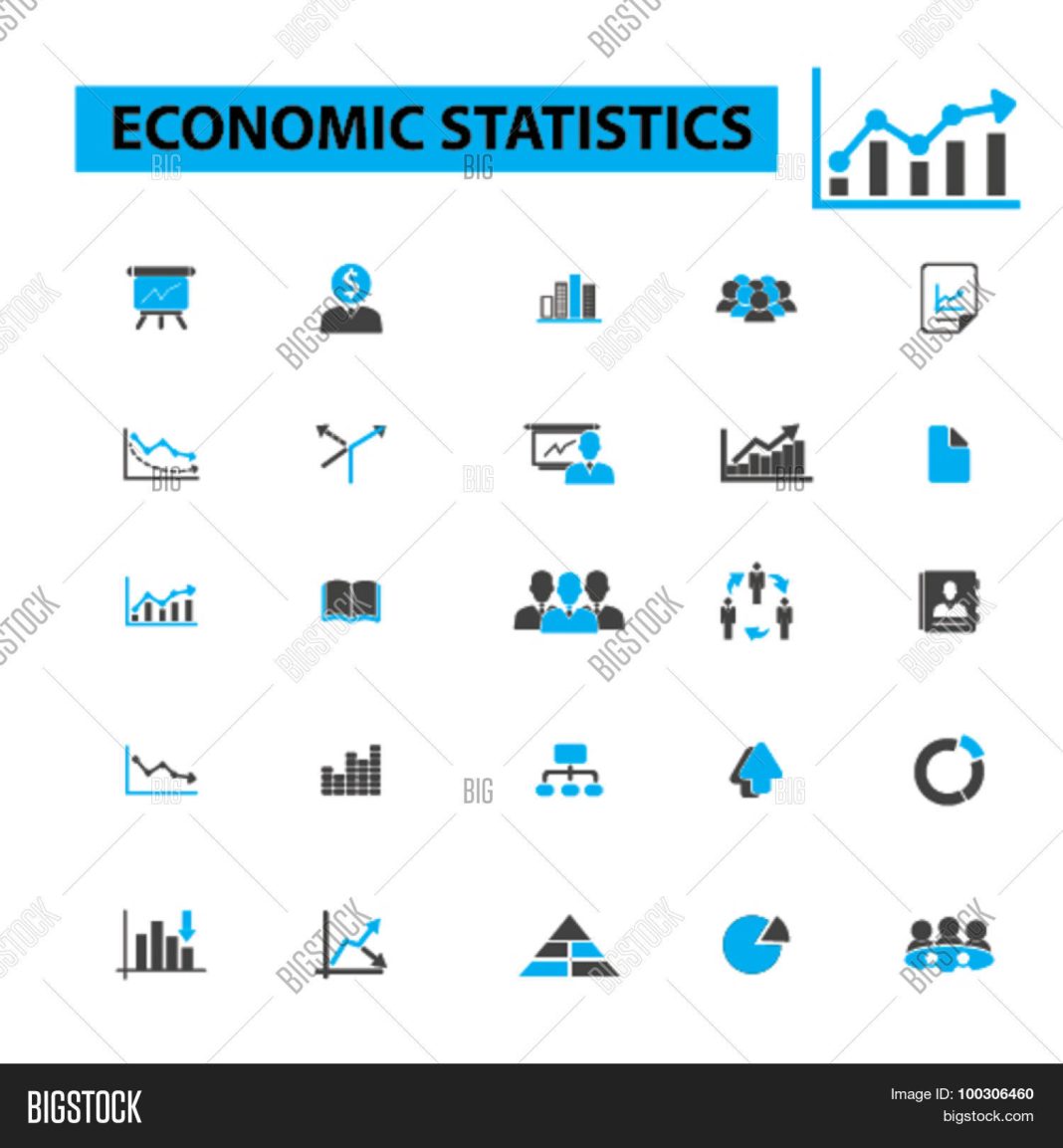 The Impact of the Pandemic on Economic Statistics
The Impact of the Pandemic on Economic Statistics
Introduction:
One of the challenges in understanding economic statistics and determining where we are in the cycle is the unprecedented nature of the 2020 pandemic. The complete shutdown of economies worldwide created a huge disruption, causing data to fluctuate wildly. As a result, analysts are grappling with understanding the implications of this unique situation.
The Uncharted Territory of a Global Forced Crash:
Unlike previous business cycles that followed predictable patterns, the sudden and forced crash of nearly everything due to the pandemic presents an entirely different challenge. The global economy has never experienced such a massive and abrupt shutdown before. Consequently, we can only marvel at the magnitude of this event and its impact on economic statistics.
The Problem of Data Manipulation for Political Reasons:
Adding to the complexity is the growing concern of data manipulation for political reasons. Major releases, such as GDP, jobs, and inflation data, often see spin in the accompanying press releases that contradicts the underlying data. This manipulation creates confusion, with Wall Street largely relying on the spin rather than delving into the actual data. Consequently, only a few individuals take the time to analyze and understand what is truly happening.
The Misleading Jobs Data:
The jobs data is particularly susceptible to these problems. Each month, we hear about impressive job creation numbers, only to discover later that most of these jobs are part-time and held by non-natives. Meanwhile, full-time jobs continue to decline, resulting in a three-year consecutive fall in real income. This makes it incredibly challenging to compare current data with pre-2020 figures.
Analyzing the Latest Jobs Report:
The most recent jobs report further emphasizes these issues. While the headline number may seem impressive, a closer examination reveals a significant loss of 625,000 full-time jobs. These losses are partially offset by an increase of 286,000 part-time workers. This paints a different picture than what the press releases convey. Instead of a robust and vibrant market, the reality is a market struggling to regain its strength.
The Continuous Impact of the Forced Recession:
Considering the flimflammery surrounding economic data, it is reasonable to argue that we never truly left the forced recession of March 2020. The apparent recovery is merely an illusion. The disorientation caused by the pandemic makes it difficult to process the reality intellectually and psychologically. Despite the cheerleading from the White House, the truth remains that both the United States and the world as a whole are significantly poorer than they were five years ago.
The Looming Problem of Job Shortages:
While job shortages have not been a widespread issue thus far due to the loss of employees during lockdowns, this may change soon. Inflationary pressures are driving up costs, including labor costs, placing employers in a position of reluctance to hire. Instead, they are squeezing existing payrolls for maximum productivity. Consequently, job openings are decreasing, and labor participation has not yet fully recovered to pre-pandemic levels.
Job Market Challenges for Young People:
This changing landscape presents significant challenges for young people seeking employment. Only a couple of years ago, jobs may have been plentiful, albeit not always full-time or high-paying. However, the current market is becoming increasingly stagnant, with fewer positions available and higher employment standards. This shift creates a sense of entrapment for those who currently hold jobs but desire better opportunities.
The Financial Struggles of Households:
The underlying financial situation of households is worrisome, with credit card debt continuing to rise despite higher interest rates. Additionally, saving rates remain far below pre-lockdown levels. This unsustainable trend increases the risk of a financial disaster for many households.
The Illusion of a Soft Landing:
Media speculation about a potential soft landing for the economy is misguided. The metaphor implies that the economy took off in the first place, which is not the case. A closer examination reveals a stagnant economic structure coupled with inflation, which is not a positive sign for the future.
Conclusion:
Navigating economic statistics in the wake of the pandemic presents numerous challenges. The unique nature of the forced crash and the manipulation of data for political reasons make it difficult to discern the true state of the economy. The job market is facing its own set of challenges, with shortages potentially on the horizon. Meanwhile, households are grappling with increasing debt and inadequate savings. It is essential to question the narrative of a robust recovery and prepare for the potential consequences of a stagnant and inflationary economy.


